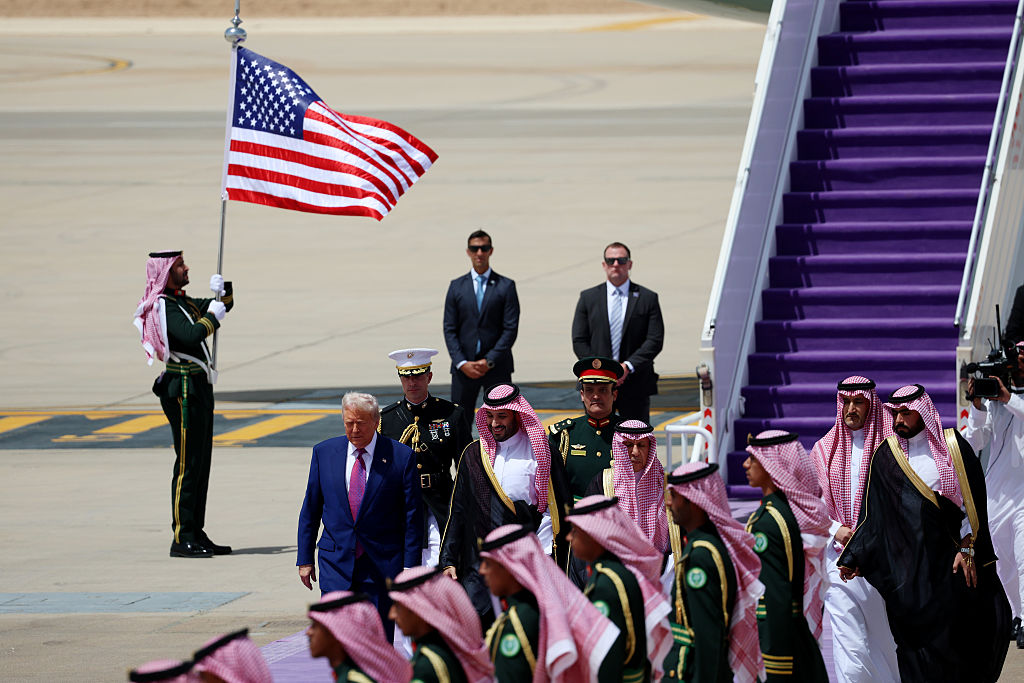NASA is keenly interested in nuclear thermal power for missions to Mars. Using today’s chemically fueled rockets, flights to the Red Planet could take up to seven months or more, which would potentially expose astronauts to long periods of radiation. Having humans cooped up in confined spaces for months could also lead to mental health issues and disagreements among crew members.
One of the main challenges of sending humans to Mars is the great distance between the planets. Earth and Mars are only on the same side of the sun every 26 months. But even at their closest points, a spacecraft aiming for Mars would have to follow a long elliptical orbit around the sun totaling hundreds of millions of miles.
“In order for our country, for our species, to further explore space we need changes in more efficient propulsion,” Kirk Shireman, Lockheed Martin’s vice president of lunar exploration campaigns, told reporters Wednesday. “Higher thrust propulsion is really, really important. And I think we’re on the cusp of that here.”
In a statement, NASA said that nuclear propulsion “is a key capability on NASA’s road map to send astronauts to Mars. A nuclear-powered rocket would enable faster trips to the Red Planet, making missions less complex and safer for crew. This type of engine requires significantly less propellant than chemical rockets, so missions would be able to carry additional scientific equipment.”
The Pentagon is also interested in more efficient fuel sources for space travel, especially as it seeks to build satellites that can maneuver in space, making them more difficult for adversaries to target. DARPA said the technology would help move “larger payloads into farther locations in cislunar space — the volume of space between the Earth and the moon.” Doing that, it said, “will require a leap-ahead in propulsion technology.”
Nuclear thermal power uses a fission-based nuclear reactor to heat hydrogen to an extremely high temperature and then shoot the gas through an engine nozzle to create thrust. Lockheed Martin said that for safety reasons, the reactor would not be turned on until the spacecraft has reached a safe orbit.
Officials said during a briefing Wednesday that the test engine would be launched from Cape Canaveral on either SpaceX’s Falcon 9 rocket or the United Launch Alliance’s Vulcan-Centaur rocket, the two vehicles that currently hold national security launch contracts. Lockheed is partnering with BMX Technologies to develop the reactor and produce the fuel.
#Lockheed #Martin #DARPA #NASA #contract #build #nuclearpowered #rocket













